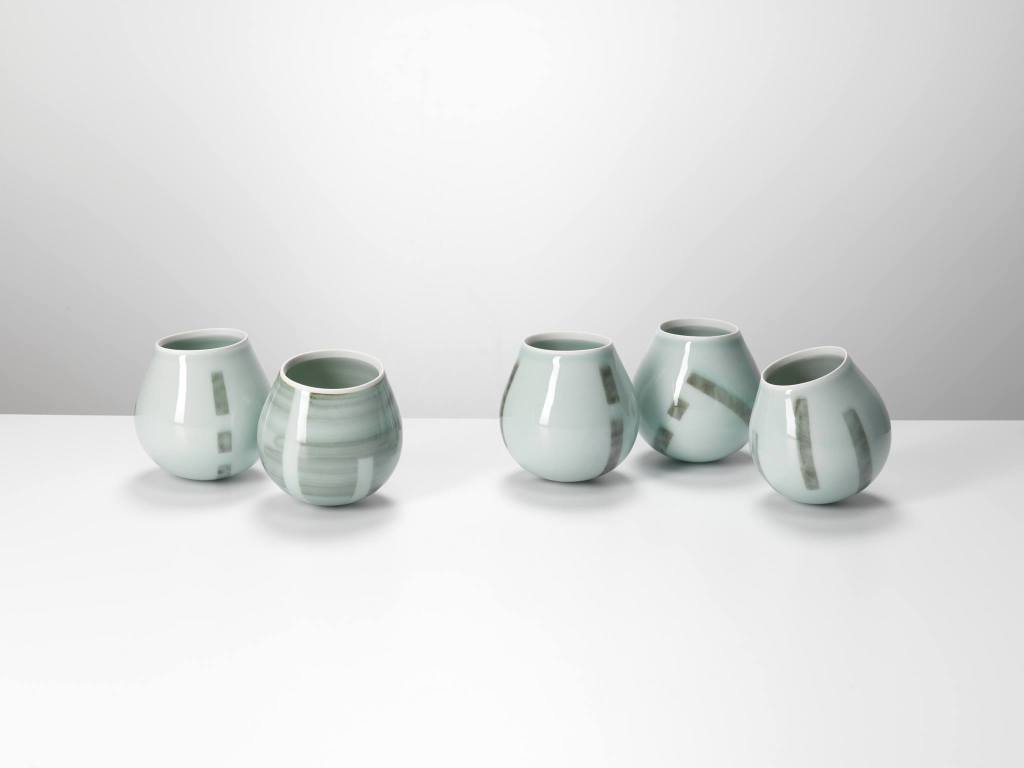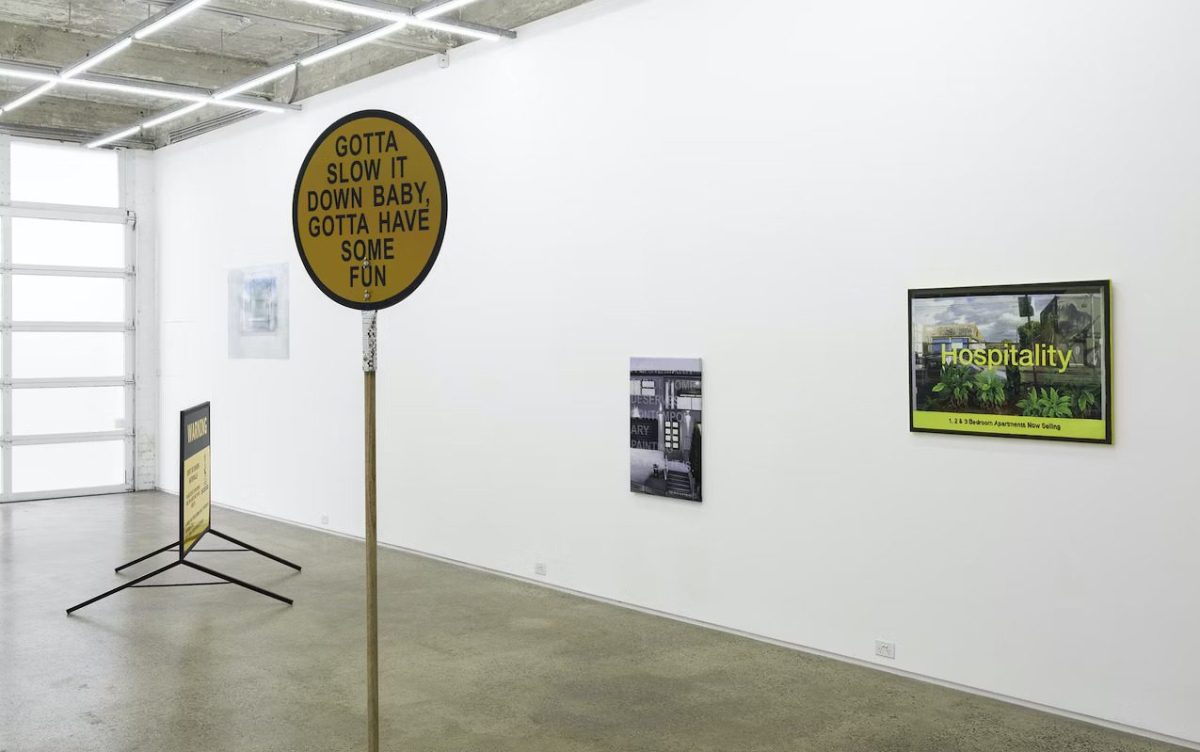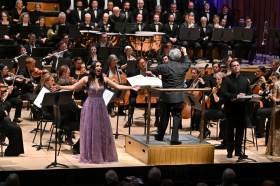ArtsHub speaks with three artists at different stages of their careers about what it means to change the direction of an arts practice, whether a distinct style still matters and practical tips on the transition.
Chris Keenan: from actor to potter
Someone who took a radical change of direction is London-based actor turned potter Chris Keenan. He tells ArtsHub: ‘I was working in commercials, television and theatre as an actor in the 80s and early 90s but there came a point when work was trailing off. I had a year where I did one day’s work as an actor, and I thought, ‘There’s a bit more to me than just sitting around doing nothing’.”
Through mutual connections, Keenan met the English master potter Edmund de Waal, became a regular patron of his work and eventually became his apprentice at the age of 35.
‘When I started in 1995 people said I was brave, and I thought, no, it was a necessity to shift what I was doing. I don’t think I was a bad actor, but I don’t think I was very good at the business of being an actor,’ says Keenan.
‘At some point it became a whole new level at which it’s nothing to do with the ability in terms of portraying character; it’s about stamina and a slightly thicker skin.’
Considering now the differences between the art forms, but also the shared learnings across them, Keenan continues: ‘Acting is very ephemeral, mostly, whereas pottery is very real. You can pick it up and use it.
‘I think the thing that transferred was that, having been the product myself [as an actor], I was very easy with being with my pots in a selling environment. The pots exist outside of me, which made it a really clean deal.’
This is something many artists can relate to, though perhaps the artist and artwork separation would have been a lot blurrier if not for Keenan’s previous experience.
Then there is also ‘the connection with people who buy my work,’ says Keenan. ‘People are really important; some have been buying my work from the beginning. That’s now a relationship of 25 years. Some are now dead, but I’ll never forget. It’s a much more direct and immediate relationship than being an actor with an audience, especially if it’s on film.’

Having arrived at pottery and porcelain comparatively late, Keenan spends more time considering a life-long outlook of his practice. He says: ‘Right now I’m actually in the process of planning a sabbatical, because I think I’ve got 15, maybe 20 years left of good making if I keep my health.
‘I want to take the time to maybe do a residency, just read and assess [my practice]. Even if I come back and the work is not very different, which is quite possible, at least I’ll have thought about it rather than just drifting through.’
When asked if he has any advice for those considering changing their arts practice, Keenan says: ‘I think it would be wise not to do what I did. Try things out, if possible, put aside time in order to dip your toe in the water in another medium or a broader practice.
‘Don’t do it because it’s fashionable,’ he adds.
Scotty So: ‘I’m always fluid’
‘Drag was never the only thing I do, even when it became the most distinct part of my practice after the 2020 NGV Triennial,’ says Hong Kong-born artist Scotty So, of the landmark Australian exhibition. The masked divas in traditional Chinese cheongsam are perhaps how many have come to know So and his works, which often incorporate drag, costumes and live performances.
However, they may find his most recent residency and exhibition, Developing Sunset at Gertrude Glasshouse – focusing on property ownership and the commodification of the “home” – as something of a fresh approach.
He tells ArtsHub: ‘I think people often like to categorise artists and art practices… For artists like me who are trans-disciplinary or multidisciplinary, it’s not about the medium, but more about the works’ content, so I don’t really need to be bound by it.
‘At the end of the day, identity is not what I want to talk about; it’s more around playing with references, about truth and fiction and how I use this identity to play tricks, to make people think of alternative possibilities.’
Perhaps what many don’t see is the amount of experimentation that occurs away from the public eye, creating a sense that artistic practices are stable or even rigid. That’s why residencies are opportunities to bring some of the experimentation to the forefront. ‘It’s like one side of me wanting to prove to people that I can do conceptual works as well,’ continues So.
‘Even with the Gertrude show, it’s not as if I suddenly changed to make paintings and sculptures – I’ve always done these things. It was more like revisiting the work I was doing in 2019 and 2020… People can look at the work even if it doesn’t have my name on it and see a certain kind of cheekiness that my work has.’
When asked about the practicalities of experimenting with new artistic directions, So says, ‘[MARS Gallery director] Andy [Dinan] is very encouraging for me to go with my heart. She told me that’s when I make the best work.’
Furthermore, for So, being able to change is an integral part of being human, let alone being an artist. ‘I think our lives are fluid. I don’t always think of myself as a gay boy or an Asian boy, I’m simply existing. It’s really important for me to be able to be fluid and work in an organic way.’
Jazmina Cininas: giving yourself permission
Jazmina Cininas is most widely known for her printmaking practice focusing on the female werewolf. This was also the topic of her PhD at RMIT University in 2014 where she now lectures in the Bachelor of Fine Art program.
Recently and unbeknown to many, Cininas has shifted gears towards performance and sculptural installations. She tells ArtsHub that the change emerged predominantly out of practical considerations.
‘Linocuts are a really physically demanding process – I’m committing to 600 hours to get an edition finished,’ says Cininas. ‘In terms of being strategic or working towards exhibitions, it’s just really hard to do.’
Her interest in performance and installations came out of an engagement with a Lithuanian folk singing group, which manifested into a collaborative work using lagerphones from Cininas’ own collection.
‘The lagerphones acknowledge the Australian side of our cultural heritage and, because I’m such a hoarder, I happened to have a whole bunch lying around. I quite enjoyed the process of making something relatively quickly and non-precious, but then I started thinking about the motifs of the songs and how the lagerphones could start to work as visual props,’ explains Cininas.
After being convinced to have an exhibition with these completed works, Cininas realised that the pieces created a new gateway for her creative practice.
Read: From emerging to mid-career: advice from artists
Another consideration was the environmental footprint of her existing printmaking practice, which has tended to be resource heavy in terms of the amount of paper and ink required.
She says: ‘I still have a soft spot for the female werewolf (it began from my Lithuanian Australian heritage) and a lot of people still expect that to be my practice, but I think it’s about giving myself permission not to make work about it too. It’s quite daunting, and you make yourself very vulnerable to alienating your previous support base.’
Like So, Cininas also sees common threads between her printmaking and newer sculptural works. ‘The lagerphones also deal with that Lithuanian cultural identity and narratives of migration, reinvention and cultural hybridity. That’s the thing that runs through all my works, even though they are quite disparate.’
When it comes to art students developing a distinct style, Cininas believes it can be ‘a double-edged sword’. She explains: ‘People who come into art school with a particular style already are usually not very good students. They are so hung up on maintaining their style that they are not prepared to take as many chances and end up making work that is very similar to when they started.
‘In terms of establishing a professional reputation, it can be a lot easier if people recognise your work… But you don’t want that to end up being a prison that stops you from trying, if all you’re doing is treading water and not pushing yourself. I find that I end up stagnating, which is not very healthy or fulfilling.’
And changing direction? ‘The hardest thing is giving yourself permission to do that,’ says Cininas, ‘particularly if you’re well-established in something else.’
She echoes Keenan’s advice ‘not to change for the sake of change; there needs to be a reason for it, something that is informed or drives you.
Read: When can artists afford to retire?
‘The practicalities not only include being prepared for your practice, but also thinking where you are going to show. You may need to consider galleries or spaces you wouldn’t have thought about previously, and be more open to testing out something new. But it also opens up opportunities to spaces that would have been closed to you before.’
Cininas concludes: ‘I think being around other artists is a really good touchstone. See what they are doing, take chances and think laterally. That’s really helpful…
‘Practices evolve and, if these opportunities present themselves, give yourself permission to take them.’





